
There are very few people who have not heard of the East European country of Romania, which in recent years has experienced a tourist awakening (and not only because of the number of casinos in its capital Bucharest). This beautiful country contains a wealth of landscapes, castles, cathedrals, parks and a variety of attractions. When you leave Bucharest for the neighboring cities you can enjoy all the good Romania has to offer, and perhaps, because of the article below, you’ll want to take a trip their as soon as you possibly can. Read on and discover an amazing week-long itinerary that you can do solo, as a single, a couple or as a family, that will give you the opportunity to accumulate exciting experiences that will leave you with a taste for more.
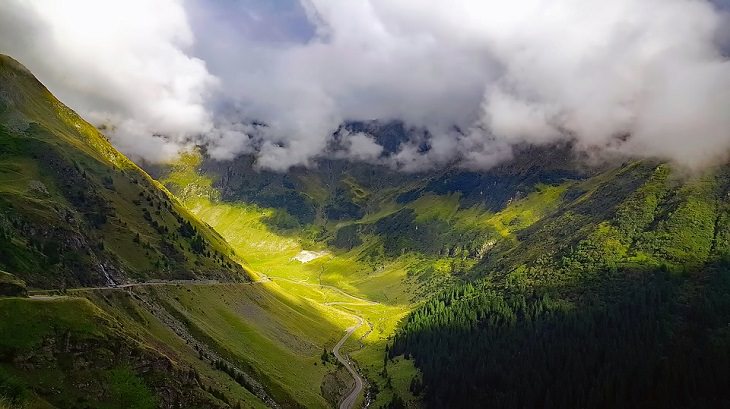
Bucharest, the capital of Romania, isn’t as popular or recommended as Budapest or Vienna, but there are undoubtedly some gems hidden in it that we're sure you’ll be happy to discover. There are many beautiful parks scattered around the city, where you can find some peace and quiet from the bustle of the streets, among them is the noted Cismigiu Gardens located in the center of the city with English-style gardens, a large lake in which you can rent rowing boats during the summer and skate on during the winter, as well as cafes and the most beautiful walking trails. One of the most popular parks for Romanian entertainment is the Restaur Park, home to a summer theater, various sports clubs, restaurants, cafes, and even a hotel. In addition, in this park, you will also find the village museum, which commemorates the Romanian historic rural culture and the houses that characterized it.
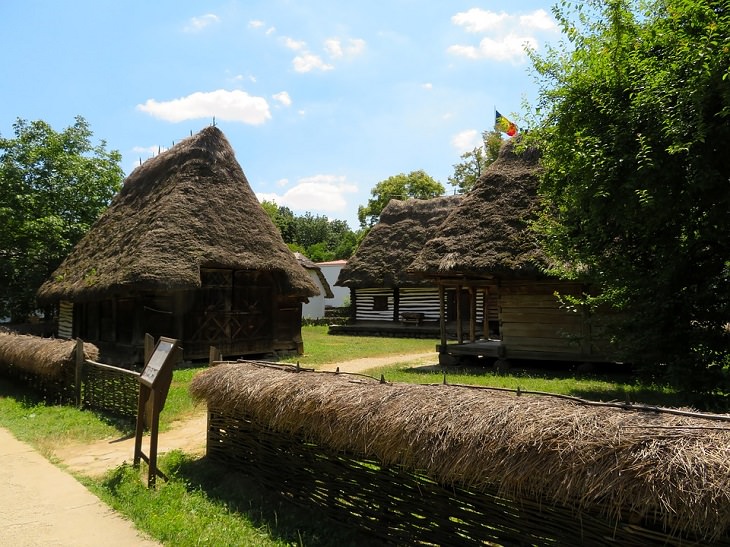
Alongside parks and gardens, there are also historical sites such as the Palace of Parliament, or the House of the Republic, which holds three different world records: the largest, most expensive and heaviest administrative building in the world. In the palace, you can go on guided tours during which you will be able to see the interior design and the impressive furniture in it. Another historic site in the city is the Arul de Triumf, which is located near Restaur Park, where you can admire the many designs that decorate it, and even enjoy a view of the city if you decide to climb it.
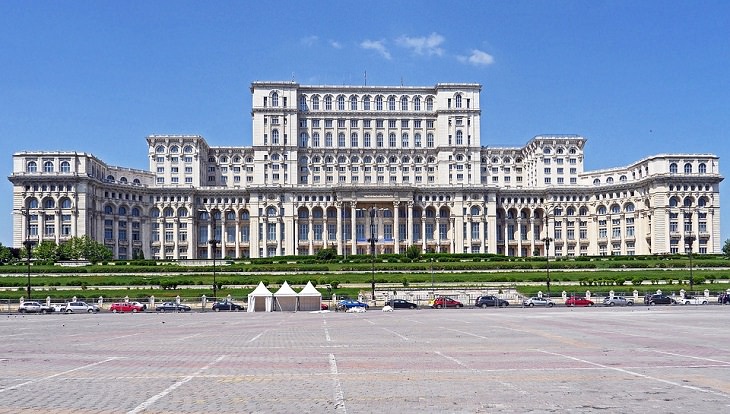
From Bucharest, we will travel north to the city of Sinaia, which is named after Mount Sinai and located on the slopes of the Bucci Mountains. The founder of the city, Michael Kantakozino, inaugurated the Monastery of Sinaia in 1690, recalling his journey to the holy sites in the Land of Israel and the Monastery of St. Catherine in the Sinai Peninsula. Over the years, the city has developed around the monastery of Sinaia, where today one can enjoy an abundance of charmingly designed homes and less than 16 different ski trails in the mountains surrounding it. In addition, in the northern part of the city, you can visit one of the most famous places in Romania, the Peleș Castle - one of the most preserved royal palaces in Eastern Europe. On this impressive site, you can enjoy spectacular interior decorations, wooden sculptures and unique paintings that you see on a tour of its some 160 rooms.
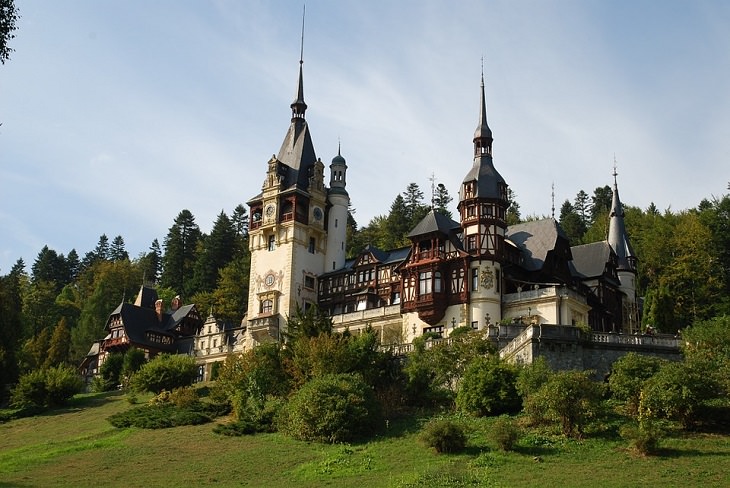
If you want to devote more time to other sites in the area, it is recommended to stop in Lake Snagov on your way to Sinaia, in the middle of which is an island bearing its name. In addition, it is recommended to take a stroll to the famous Julia Hasdeu Castle, which is now a museum, and to the neo-Romanian castle of Cantacuzino, where you can enjoy a large green park with hidden waterfalls and magnificent springs.
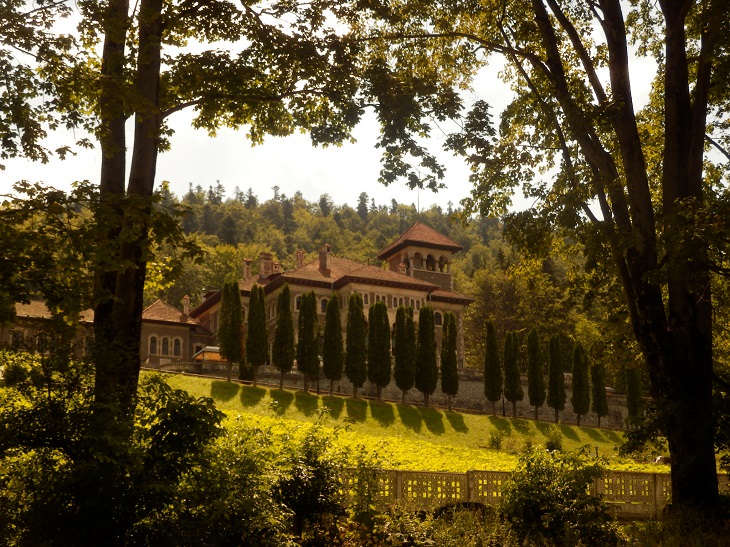
On the third day of our trip, we will head north towards Braşov, one of the most popular destinations in the country for tourists, thanks to its old buildings and its well-preserved Old City. On the way to the city, it is recommended to stop at Bran Castle, which is named after the city where it is located. Built in 1382, this castle belonged to the Romanian royal family for many years and was established to protect Transylvania against the Ottoman Empire's progress in Eastern Europe. Over the years, the castle was famous for Bram Stoker's book "Dracula", and you can now tour the museum which was opened in and below it, and also visit the famous farmers' market stalls located in the area. When you arrive in Braşov, you can visit one of the most famous sites in Romania: The Black Church - a Gothic church, one of the largest in Eastern Europe, which in 1689, during one of the battles between the Christians and the Turks, went up in flames.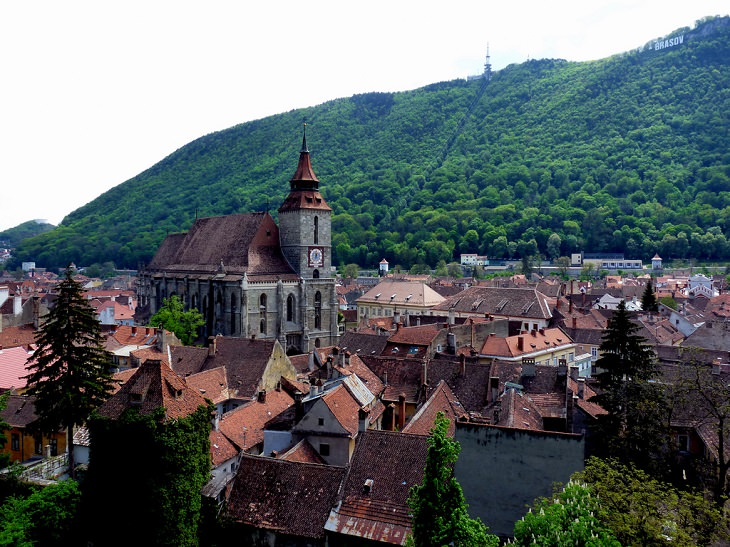
Near Braşov is the picturesque tourist town of Poiana Braşov, which in the summer months serves as a vantage point over the breathtaking scenery, and in the winter works as a large and impressive ski resort. If you choose to devote more time to the surrounding area, you can also visit Mount Tâmpa, which can be reached by cable car from Braşov. It is also recommended to tour the reconstructed Rasnov Fortress, where you can admire the restoration done there and the breathtaking view of the city of Rasnov spread beneath it. Another tourist attraction you can visit in Brasov is the Aventura rope park, which is especially recommended to visit with children. In addition, it is possible to make a stop at the bear sanctuary in Zergnet - a huge nature reserve that was established in order to preserve the Romanian bears that were once kept as pets by the residents of the country, especially in the countryside.
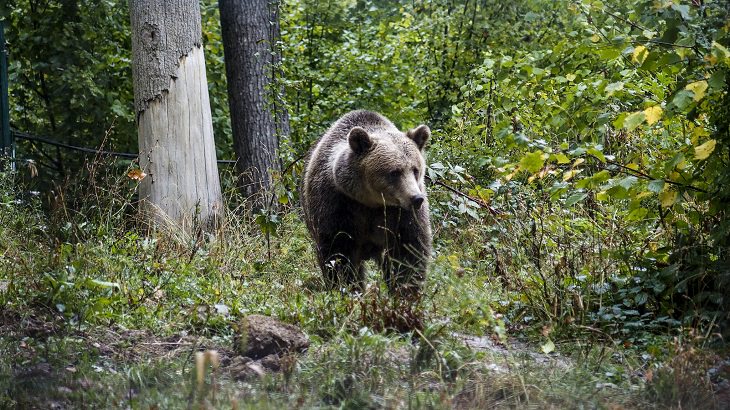
Now we’ll head towards one of the most impressive cities in Romania, Sighisoara. Like other sites throughout the country and in Transylvania in particular, Sighisoara also boasts a connection to, "Vlad the Impaler" - the famous prince was born in this city and today is one of the most picturesque and beautiful places in Romania. The first settlers arrived in the third century AD and over the years it became one of the most important trade centers in Transylvania. The UNESCO World Heritage Site is famous for its picturesque streets, strange buildings and the magnificent colors that surround it, and as a result of the success of preserving the original buildings here, you’ll be able to see various styles of architecture and art from the Middle Ages.
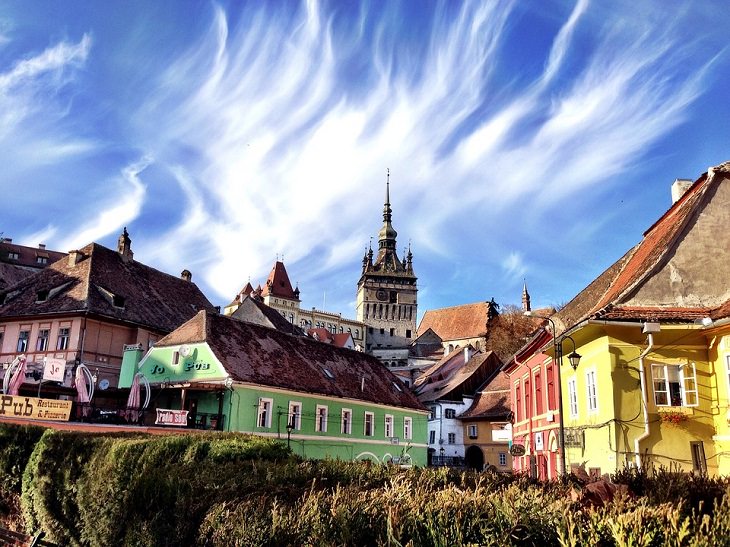
There are many recommended sites around the city with the first and most popular being the clock tower built in 1556 on the Citadel Hill. At the top of the tower, there is a museum that tells about the history of the area and gives an impressive view of the city. Other destinations include the Sighisoara Fortress, a magnificent Saxon building dating to the 12th century, which is the center of the Old City, the birthplace of Vlad III, a weapons museum near the home of Vlad the Impaler, with a stone staircase of 175 steps Leading to the church at the top of the hill, and finally, the cemetery of the Old City.
Day 5: Sibiu
From Sighisoara, we will head southwest toward Sibiu. On the way there, it is recommended to stop in the second largest city in the district of Sibiu, Medias, which has a preserved historical center that includes an impressive 13th-century tower which rises to a height of 70 meters. From there we will continue to Sibiu itself, which was founded in the Middle Ages by Transylvanian Saxons and is known for its sausage, Sibiu sausage. The most important site in the city is the Brukenthal National Museum, based on the collections of Samuel Brukenthal, governor of Transylvania in 1774-1787. The museum itself was opened in 1817 and is the oldest in Romania. In fact, it contains six separate museums located in different parts of the city, each of which deals with a different field: art and literature, history, pharmacology, natural history and a museum of weapons and hunting.
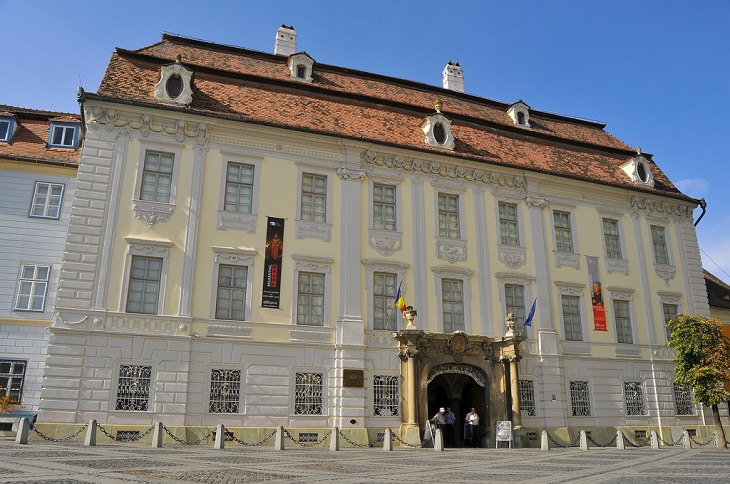
In addition, various festivals are held here throughout the year and it is recommended to plan your arrival dates in advance so that you can enjoy the street performances, local food and traditional music that characterize them. Also, if you are interested in an in-depth visit around the city, it is recommended to stop at The Bridge of Lies. It is said that if someone stands on it and tells a lie, the bridge will collapse under their feet. A visit to the top of the council tower will give you a spectacular 360-degree view of the city and the surrounding mountains. In addition, for those with kids (or those who are kids at heart), you can also visit the city zoo, one of the most beautiful zoos in Romania.
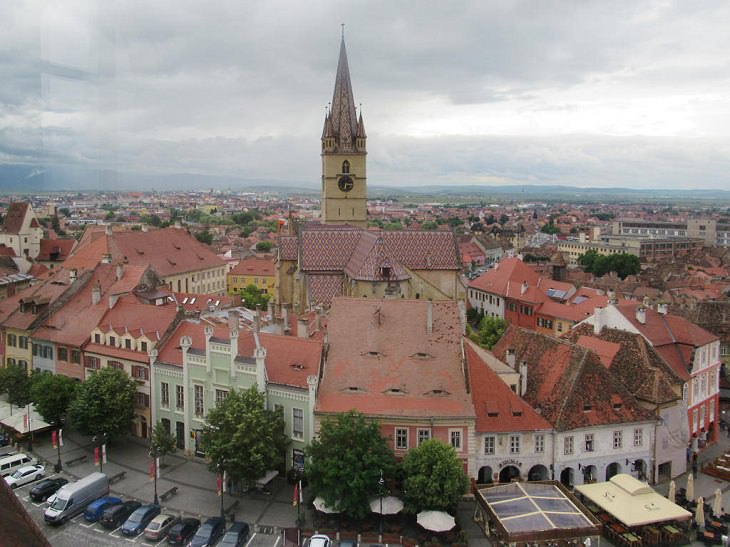
From Sibiu, we will start driving south towards Piteşti on one of the most beautiful roads in the world, the Transfgarshan Road. This road, also known as the Road to the Sky, crosses the southern part of the Carpathian Mountains in Romania and is considered one of the most beautiful roads in Europe and the world. It was built between 1970 and 1974 following the decision of Nicolae Ceausescu, the second ruler of Communist Romania, to allow the rapid passage of military forces through the mountains following the Soviet invasion of Czechoslovakia, In 1968. Between October and June, the road is usually closed due to multiple snowfalls, but during the rest of the months, it provides spectacular views of breathtaking nature, rich in streams, high mountains, and impressive waterfalls.
Along the road, you can stop at many natural spots, such as Lake Vidraru and Lake Balea, a natural volcanic lake at 2,034 meters, which can be reached by road or by cable car all year round. The speed limit along the road is only 40 km/h because of the traffic and twisting curves, but don’t worry - because you can enjoy the view and many rainbows along with five tunnels along the trip.
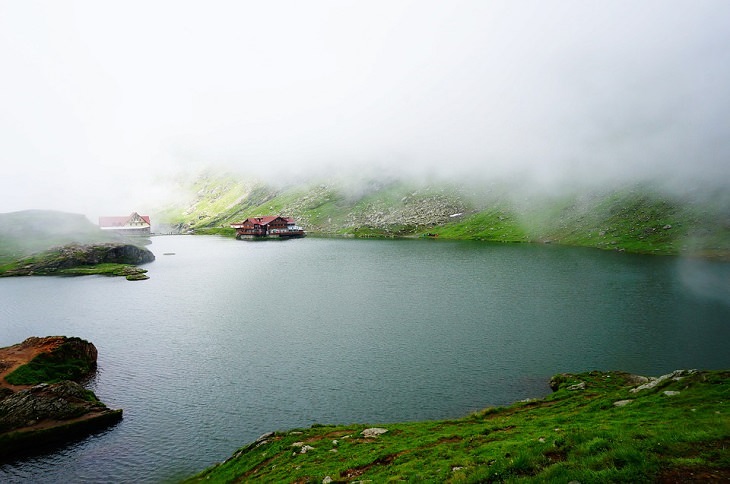
After the spectacular trip on the Transfgarshan road, we will arrive in the city of Piteşti - one of the most well-kept cities in Romania, with an especially unique main pedestrian street. The city lies on the Argeș river, which connects to the Danube between the Carpathian mountains, and when you reach it, you can enjoy a trip in the Trivale Forest, a beautiful piece of nature with trees which is pleasant, relaxing and recommended.
Another gem in Piteşti is the musical fountain located opposite the old town hall, which plays an audiovisual show on weekends. In addition, during the spring months, you can enjoy the Tulip Festival, which features colorful flowers, folk music, and scientific conferences. On the way to Piteşti, it is recommended to stop at the Vidraru Dam, built in the 1960s and 166 meters high, where you can rent a boat and sail for your pleasure in its blue waters. From there you can continue to visit the town of Corte de Argeș, where you can enjoy the scenic routes and the stunning views of the cathedral and the ancient monastery which have existed there since the 16th century.
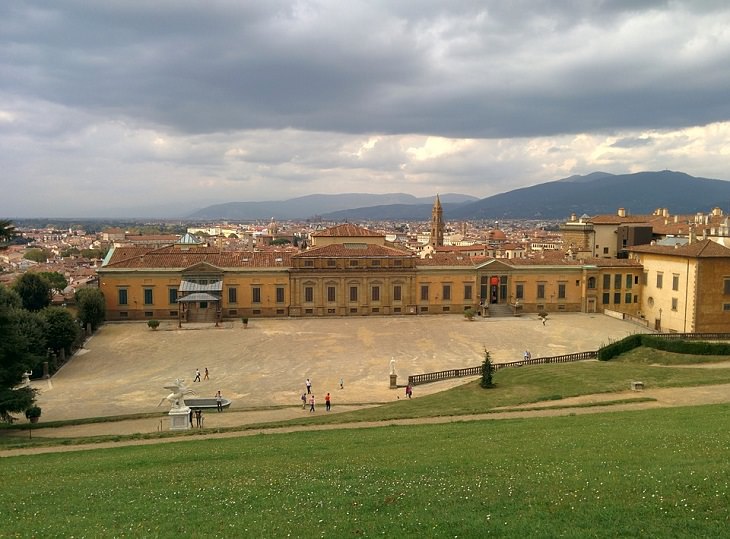
This is where your unique and spectacular journey in Romania ends; You can now go back to Bucharest and spend a few more days in the old city center, which is abundant in restaurants, cafes, street shows, and shops. We are confident that your experiences from this charming trip will leave you with a taste for more, and we believe that you will choose to share it with your friends.
image source: Ștefan Jurcă, Rachel Titiriga, Visit.org, Dragos Dumitru, David Stanley, Pieter Edelman
Related articles: